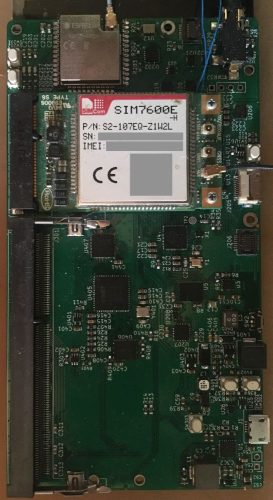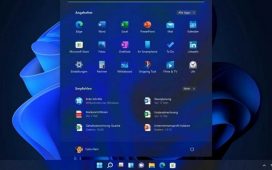The mikroPhone is a mobile phone that you can build yourself… at least theoretically. It’s made using a combination of off-the-shelf components and custom designed parts, but you can find a complete list of components as well as schematics and PCB fabrication files at the “How to build my mikroPhone” page.
Why build your own phone? In this case, the idea is to give you more control over your device. The project aims to use hardware that’s “as open as possible” while also including enhanced privacy features.

Right now the design is still very much a work in progress though – there are instructions for assembling a phone with basic functionality, but if you want to run apps like a web browser you may have to wait a while. There’s a display adapter but no actual display in the spec list. There’s no case for the phone yet. And it’s unclear if or when you’ll be able to buy a fully assembled mikroPhone if building your own feels a bit too hard.
At the heart of the board is a SiFive Freedom E310-G002 RISC-V microcontroller that handles basic phone functionality. It’s the only processor that interacts with the microphone, camera, and other sensors, which limits the ability for a malicious attacker to gain access to those sensors.
But the phone also relies on several other components in order to work. There’s an ESP32 WiFi+ Bluetooth module, and a mini PCIe module for a cellular modem such as a SIMCom SIM7600X or Quectel EC-25.
Combined with a display controller, audio chip, battery, and SD card reader, those components should be enough to let you make calls and send messages, and the developers behind the mikroPhone project say that a basic operating system that supports those features is “almost feature complete.”
But if you want to run a full-blown smartphone operating system with support for a web browser or other apps, you’ll need a bit more power than that. So the team is also working to add support for an add-on “App Moodule” that’s basically a computer-on-a-module capable of running a separate operating system like a mobile Linux distro or custom Android-based ROM. At the moment the idea is to us something like an NXP i.MX 8M Plus quad-core ARM Cortex-A53 processor module.
While the RISC-V microprocessor (MCU) and ARM-based App Module would share a screen and touch input panel, users would only actually interact with one at a time. That sounds… a little weird. It sounds like you wouldn’t be able to make calls or send text messages from the Linux or Android operating system, and would instead need to switch over to the MCU operating system for those functions, and then switch back to the full-fledged OS to run more complex applications.
via Hacker News and HackADay









